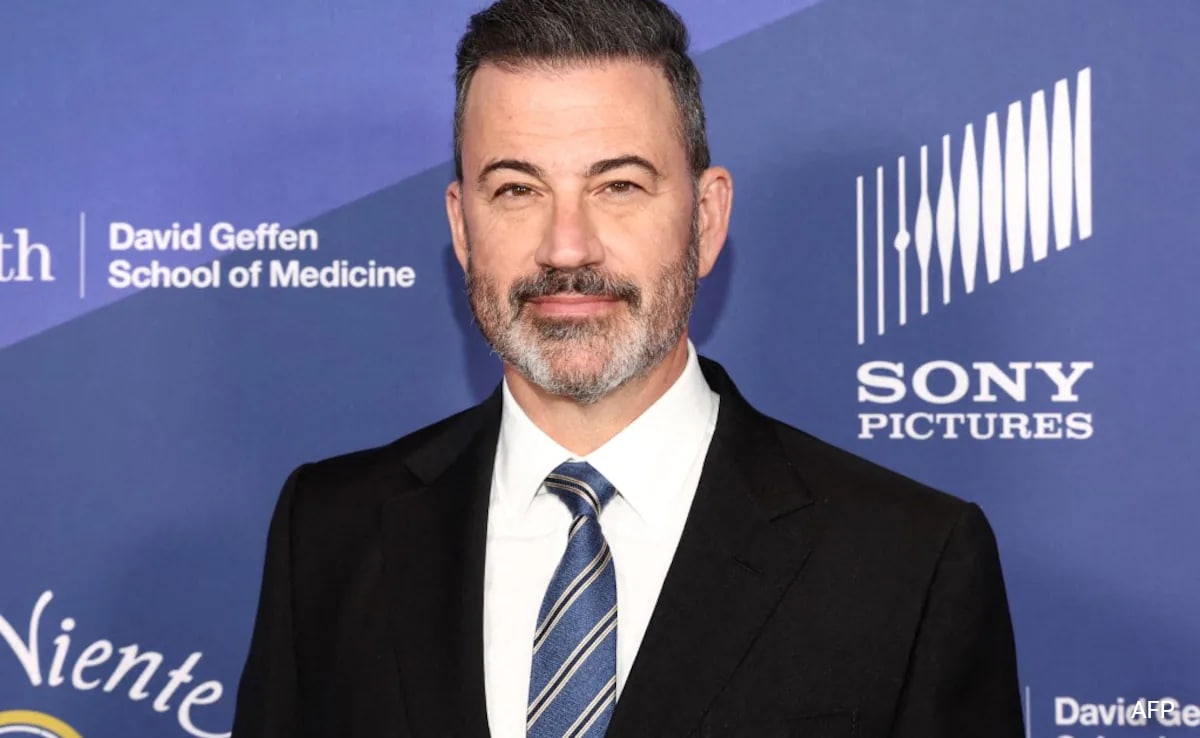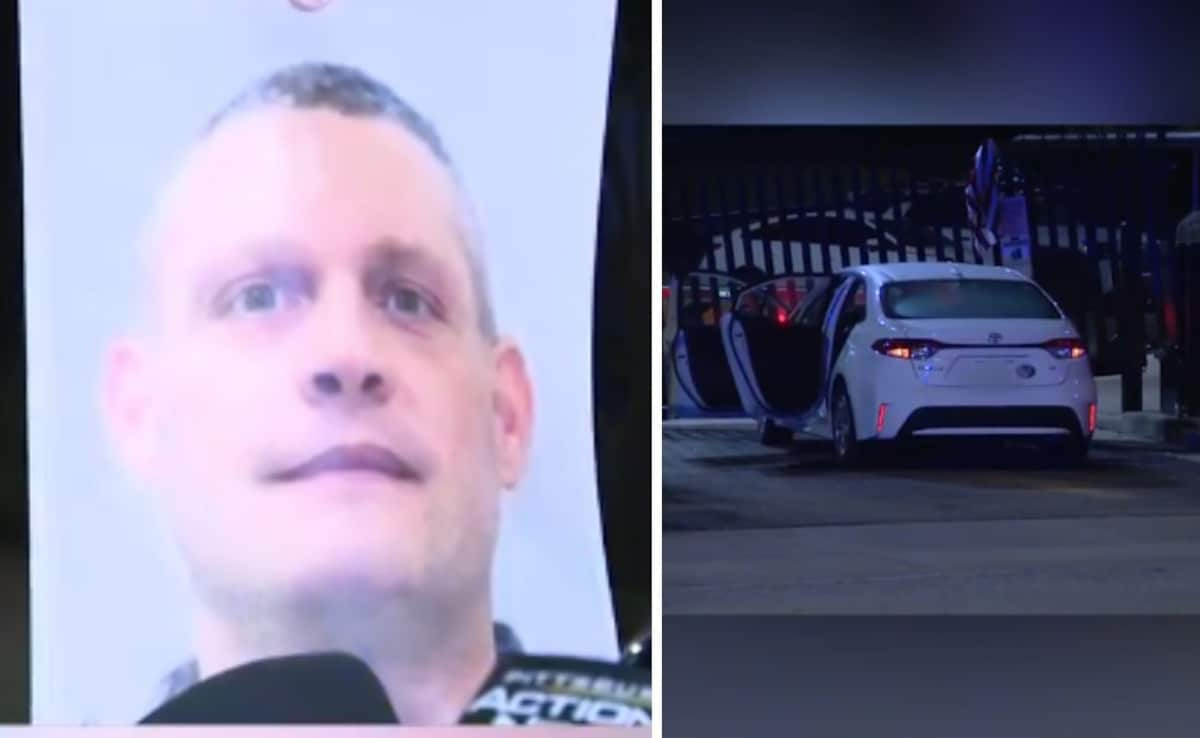NATO foreign ministers will gather in Brussels on Wednesday to discuss how to support Ukraine and bring an end to the Russian invasion. The summit comes as NATO is under pressure from Ukrainian President Volodymyr Zelensky to do more, and amid internal tensions over the extent to which Russia poses a direct threat to the alliance.
The meeting follows Russian forces’ withdrawal from the Kyiv suburbs, where the discovery of hundreds of bodies and evidence of atrocities against Ukrainian civilians have drawn widespread shock and condemnation. Ukrainians have said the violence in Bucha wasn’t an isolated event, pointing to evidence of looted homes, torture and shootings of civilians.
In response to possible war crimes, the United States and its allies are stepping up sanctions. The Biden administration on Wednesday will announce a ban on new investments in Russia and more sanctions on Russian enterprises and government officials. The European Commission is proposing a ban on Russian coal as part of a new package of sanctions.
Zelensky has made repeated demands for more penalties on Russia. “Really powerful sanctions are needed. The most powerful,” he said in an address to Spanish officials this week. “How can we allow Russian banks to generate profits while the Russian military tortures ordinary civilians to death in Ukrainian cities?”
Here’s what to know
U.S. to send Ukraine $100 million worth of antitank Javelins
Return to menuThe Biden administration on Tuesday approved sending additional Javelin antitank missile systems to Ukraine to aid in its defense against Russia.
The $100 million worth of Javelins is the sixth such drawdown of equipment from the Pentagon’s inventories since August, said Pentagon spokesman John F. Kirby, adding that the Ukrainians have been using the Javelins “so effectively to defend their country.”
At a congressional hearing on Tuesday, lawmakers praised the Ukrainians’ deft use of the Javelins in discussions with Defense Secretary Lloyd Austin and Joint Chiefs of Staff Chairman Gen. Mark A. Milley. The Javelin is a shoulder-mounted antitank missile system that locks onto a target’s thermal picture. It can strike from the top, making it very potent against tanks.
The Javelin missiles have been heralded in Ukraine, as the country’s outmanned and outgunned military keeps up its fight against Russia. Merchandise affixed with “Saint Javelin,” an image of a saint holding a Javelin system, is being sold to raise money for humanitarian aid for Ukraine.
Ukraine’s Justice Ministry said this week that two newborns in the country — a boy named Yan Javelin and a girl named Javelina — had been named for the missiles.
The Biden administration on Tuesday approved sending additional Javelin antitank missile systems to Ukraine to aid in its defense against Russia.
The $100 million worth of Javelins is the sixth such drawdown of equipment from the Pentagon’s inventories since August, said Pentagon spokesman John F. Kirby, adding that the Ukrainians have been using the Javelins “so effectively to defend their country.”
At a congressional hearing on Tuesday, lawmakers praised the Ukrainians’ deft use of the Javelins in discussions with Defense Secretary Lloyd Austin and Joint Chiefs of Staff Chairman Gen. Mark A. Milley. The Javelin is a shoulder-mounted antitank missile system that locks onto a target’s thermal picture. It can strike from the top, making it very potent against tanks.
The Javelin missiles have been heralded in Ukraine, as the country’s outmanned and outgunned military keeps up its fight against Russia. Merchandise affixed with “Saint Javelin,” an image of a saint holding a Javelin system, is being sold to raise money for humanitarian aid for Ukraine.
Ukraine’s Justice Ministry said this week that two newborns in the country — a boy named Yan Javelin and a girl named Javelina — had been named for the missiles.
As Ukraine war drags on, Pentagon makes long-term plans for Europe
Return to menuThe open-ended war in Ukraine has thrown the Pentagon’s long-term planning into question, with senior U.S. defense officials expected to revamp how they deploy military forces in Eastern Europe and the Baltics amid deepening anxiety over Russia’s broader ambitions.
Gen. Mark A. Milley, chairman of the Joint Chiefs of Staff, said Tuesday that he favors creating permanent bases for U.S. troops in the region but to deploy personnel there rotationally, “so you get the effect of permanence” at a lesser cost because expenses such as family housing and schools are not involved.
“I believe a lot of our allies, especially those such as the Baltics or Poland or Romania, they are very willing to establish permanent bases,” Milley said in testimony before the House Armed Services Committee. “They will build them and pay for them.”
The open-ended war in Ukraine has thrown the Pentagon’s long-term planning into question, with senior U.S. defense officials expected to revamp how they deploy military forces in Eastern Europe and the Baltics amid deepening anxiety over Russia’s broader ambitions.
Gen. Mark A. Milley, chairman of the Joint Chiefs of Staff, said Tuesday that he favors creating permanent bases for U.S. troops in the region but to deploy personnel there rotationally, “so you get the effect of permanence” at a lesser cost because expenses such as family housing and schools are not involved.
“I believe a lot of our allies, especially those such as the Baltics or Poland or Romania, they are very willing to establish permanent bases,” Milley said in testimony before the House Armed Services Committee. “They will build them and pay for them.”
The latest on Ukraine’s key battlegrounds and retaken cities
Return to menu
Russian-held areas and troop movement
BELARUS
RUSSIA
POL.
Chernihiv
Separatist-
controlled
area
Kyiv
Lviv
Kharkiv
UKRAINE
Mariupol
Odessa
ROMANIA
200 MILES
Control areas as of April 5
Sources: Institute for the Study of War,
AEI’s Critical Threats Project, Post reporting
THE WASHINGTON POST

Russian-held areas
and troop movement
BELARUS
RUSSIA
Chernihiv
POLAND
Chernobyl
Kyiv
Sumy
Lviv
Kharkiv
UKRAINE
Separatist-
controlled
area
Odessa
Mariupol
Berdyansk
ROMANIA
Kherson
Sea of
Azov
Crimea
Annexed by Russia
in 2014
100 MILES
Active nuclear power plants with power-generating capabilities
Black Sea
Control areas as of April 5
Sources: Institute for the Study of War, AEI's Critical Threats Project, Post reporting

Russian-held areas
and troop movement
BELARUS
RUSSIA
Chernihiv
POLAND
Chernobyl
Kyiv
Sumy
Lviv
Kharkiv
Separatist-
controlled
area
UKRAINE
Mykolaiv
Mariupol
Berdyansk
Kherson
ROMANIA
Odessa
Sea of
Azov
Kherson
Crimea
Annexed by Russia
in 2014
Active nuclear power plants with power-generating capabilities
Black
Sea
Control areas as of April 5
100 MILES
Sources: Institute for the Study of War, AEI's Critical Threats Project, Post reporting

Russian-held areas and troop movement
BELARUS
RUSSIA
POL.
Chernihiv
Separatist-
controlled
area
Kyiv
Lviv
Kharkiv
UKRAINE
Mariupol
Odessa
ROMANIA
200 MILES
Control areas as of April 5
Sources: Institute for the Study of War,
AEI’s Critical Threats Project, Post reporting
THE WASHINGTON POST

Russian-held areas
and troop movement
BELARUS
RUSSIA
Chernihiv
POLAND
Chernobyl
Kyiv
Sumy
Lviv
Kharkiv
UKRAINE
Separatist-
controlled
area
Odessa
Mariupol
Berdyansk
ROMANIA
Kherson
Sea of
Azov
Crimea
Annexed by Russia
in 2014
100 MILES
Active nuclear power plants with power-generating capabilities
Black Sea
Control areas as of April 5
Sources: Institute for the Study of War, AEI's Critical Threats Project, Post reporting

Russian-held areas
and troop movement
BELARUS
RUSSIA
Chernihiv
POLAND
Chernobyl
Kyiv
Sumy
Lviv
Kharkiv
Separatist-
controlled
area
UKRAINE
Mykolaiv
Mariupol
Berdyansk
Kherson
ROMANIA
Odessa
Sea of
Azov
Kherson
Crimea
Annexed by Russia
in 2014
Active nuclear power plants with power-generating capabilities
Black
Sea
Control areas as of April 5
100 MILES
Sources: Institute for the Study of War, AEI's Critical Threats Project, Post reporting
.png)











 English (United States) ·
English (United States) ·  Turkish (Turkey) ·
Turkish (Turkey) ·